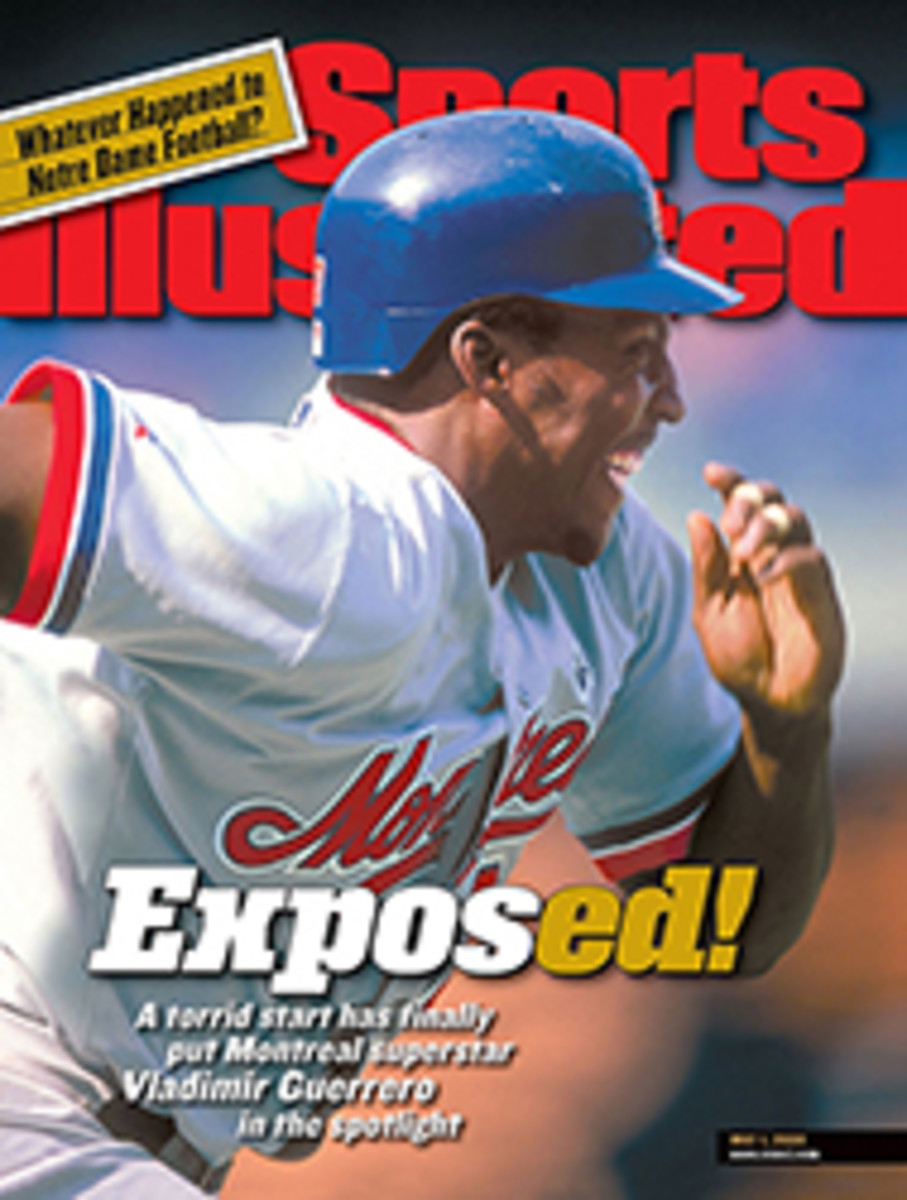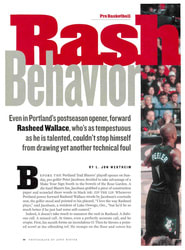
Here's What You're Missing Wicked cricket, a shot to the skull, a horseless head: just a typical day of sports coverage abroad
Cricket, boring?
Check out this year's official Leicestershire County Cricket Club
team photograph, in which spin-bowler Matthew Brimson has his fly
undone and is using both hands to display (as The Times of London
put it) "his middle stump"--and (as The Sun put it) his "pair of
googlies."
The portrait was hung inconspicuously--not unlike Brimson
himself--in Lord's cricket ground, the sport's London cathedral,
and appears on page 657 of the new edition of the Wisden
Cricketer's Almanack, a bestseller in Britain. Asked how he
could have failed to notice Brimson's indecent prank, Wisden
editor Matthew Engel said, "I've seen larger things crawl out of
a piece of cheese."
The episode calls to mind the excellent cricket anecdote about
West Indies bowler Michael Holding and English batsman Peter
Willey and the BBC announcer who said, "The bowler's Holding,
the batsman's Willey."
But that's beside the point. While it's also true that in
Brimson's action and Engel's reaction are found every notable
aspect of modern British life--schoolboy naughtiness, bad food,
mordant humor and echoes of the Monty Python cheese
sketch--that, too, is largely beside the point. No, the point is
this: Every day, all over the earth, particular nations are
captivated by sports stories of which the rest of the world is
oblivious.
On the day that Brimson's exposure was exposed in the English
press, for instance, another Briton's astonishing tale was told
throughout the United Kingdom: Welsh factory worker Tony Smart
had collapsed at a Manchester United soccer match. Ten days
before the game, it turned out, Smart, 38, was at work when a
power tool fell from a great height onto his head. For a week
and a half this had no effect on the happy-go-lucky Smart--until
he blacked out while supporting his beloved Red Devils.
As it happens, the power tool that had conked him on the coconut
was a nail gun, and it had fired a three-inch nail into his
brain. "I do not remember anything about the match," said the
delightfully named Smart, on his way to a full recovery after
surgeons removed the nail from his noggin, presumably with a
claw hammer. Smart's breathtaking X-ray has become an icon of
sorts in British newspapers and medical journals.
Remarkably, Brimson and Smart were exiled to the inside pages of
English newspapers that day. Here's why: In County Kerry,
Ireland--off a footpath near Tralee--a man had stumbled on a
cloth sack containing the severed skull of what had apparently
been a horse. Moreover, there were two clean bullet holes
through its forehead. The horseless head was thus presumed to be
the remains of Shergar, winner of the 1981 British and Irish
Derbies. The $15 million thoroughbred, owned by the Aga Khan,
was kidnapped in 1983 by the IRA and, according to an informant,
shot and buried five days later following a bungled ransom
attempt.
But--and here's the rub--experts last week declared that this
was not the skull of Shergar; it belonged either to a cow or a
horse half the age of the champion. What's more, according to
The Times, the discovery of this "mystery beast" was but one of
"many false alarms" over the years.
So? So the Irish countryside is evidently littered with
burlap-sacked animal skulls, the bullet-riddled bovine and
equine victims of gangland-style executions. Just what the Irish
are up to is perhaps better left uncontemplated in this space,
except to assume that it violates every PETA and RICO statute
that we hold dear.
All of which is a roundabout way of saying that the world is
endlessly fascinating--and so is the world of sports, full of
terrorist horsenappings and random episodes of nail-gun
violence. And that's just one Thursday in April in the British
Isles.
So broaden your interests--and please, mind your googlies.
COLOR ILLUSTRATION: DAN PICASSO

